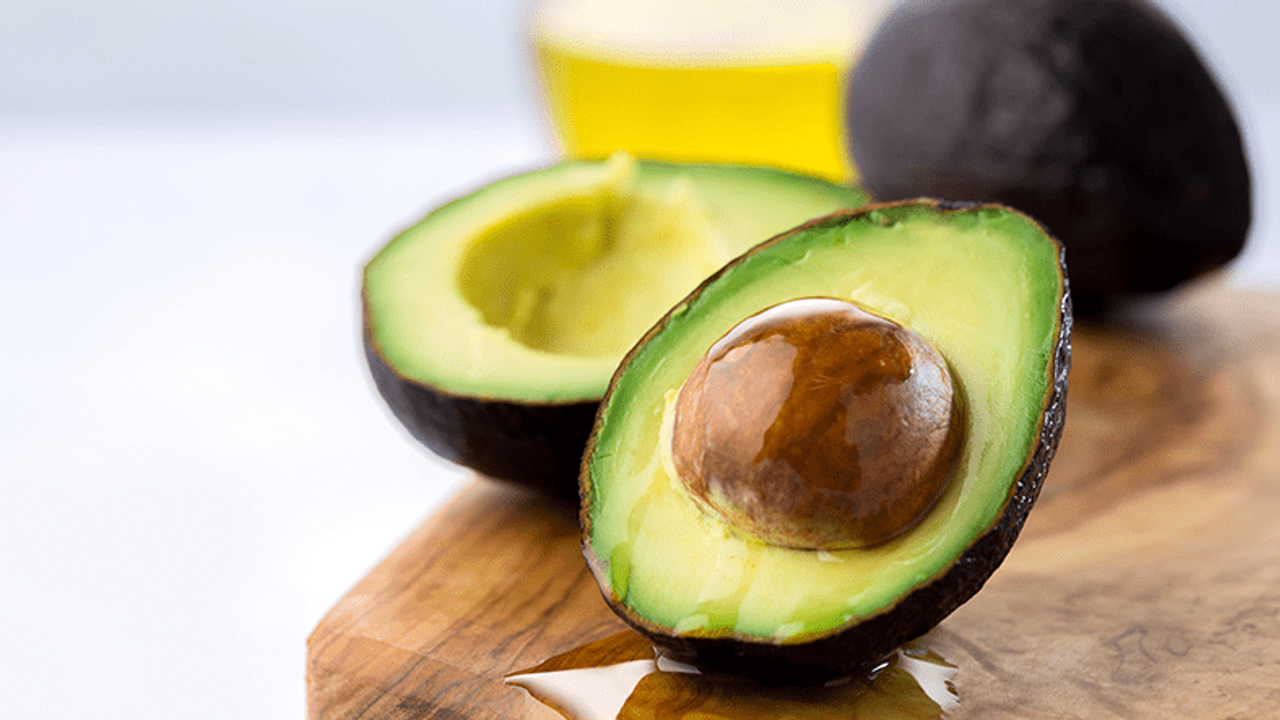5 Foods for Better Skin
Apr 15, 2021
I know from bitter experience how distressing it can be to suffer from skin problems. Thats how I am here in this industry. Im not a believer that our diet causes skin problems at all, those many stories linking X or Y food with acne or eczema, well the evidence just doesnt really stand up to scrutiny. Now, that being said, when it comes to the treatment and management of skin conditions, or keeping skin healthy in the long term, well thats a very different picture indeed. There are certain groups of nutrients that are important in both of these contexts, and these 5 foods are not in the slightest an exhaustive list, but are instead shining examples of the important nutrients for long term skin health.
Oily fish
Surprise surprise, me recommending oily fish. There is major justification here and it is all to do with the omega 3 fatty acids present in them. Omega 3 fatty acids are vital for skin health for 2 main reasons. The first is that they are vital for maintaining the health of cell membranes. Healthy membranes means healthier skin overall that can retain moisture more effectively.
The big one though is the influence that omega 3 fatty acids have on inflammation. Omega 3 fatty acids provide the body with the building blocks that it needs to manufacture its own anti-inflammatory compounds. Skin conditions like acne and eczema feature major episodes of inflammation during their flare ups. The angry redness in these conditions is active inflammation. Anything you can do to get inflammation down will reduce the severity of the appearance of such conditions.
Orange foods
Any plant foods with a naturally orange pigment will be on this list. Sweet potatoes, mangoes, carrots, melons etc. The orange pigment is given by a group of compounds called carotenoids, including beta carotene, the plant form of vitamin A. The carotenoids are fat soluble antioxidants. We often hear people talking about antioxidants and how great they are for our skin. However, people lump all antioxidants together and assume they all do the same thing. There are thousands of antioxidants all with varying activities and affinities. However, antioxidants can be generally lumped into two distinct classes. Water soluble and fat soluble. Water soluble antioxidants like vitamin c deliver their activity within our general circulation, are metabolised, broken down, and excreted within a specific window of time.
Fat soluble antioxidants on the other hand by their very nature spend as little time as possible in circulation, and instead migrate out into fatty tissues. Second to the brain, what is the most abundant fatty tissue? The subcutaneous layer of the skin. This is the area of the skin that houses important structures such as collagen and elastin fibres that give skin its structural integrity. These structures can be exposed to damage by free radicals. Factors such as UV radiation and lifestyle choices can cause free radical bombardment. Adequate intake of fat soluble antioxidants such as carotenoids can cause an accumulation of them in the subcutaneous layer of the skin where they can offer localised protection against free radical damage - reducing inflammation and offering an anti-ageing function.
Avocado’s
Ah, the fruit hero of the hour. Did you know there are literally millions of photos of avocados posted on instagram every single day!!!!! Crikey!! Anyway, these are another skin food hero for a very similar reason to the orange foods. It is all about the fat soluble antioxidant vitamin E. Vitamin E isnt actually a single substance, rather a family of substances called tocopherols and tocotrienols.
Vitamin E is known to reduce the oxidation of lipid derived free radicals, some of which occur in or can damage skin cell membranes.
Vitamin E, similar to carotenoids can also offer photoprotection, meaning it can reduce free radical activity from UV rays and also absorb ultraviolet to a certain degree.
Vitamin E can also deliver anti-inflammatory activity. Inflammation as discussed before but also micro-inflammation that can in time age the skin.
Whole grains
Whole grains have made the list for me because of the sheer amount of the B vitamins that they contain. I think that B vitamins are one of the most important groups of nutrients for overall skin health. Here is a little snap shot:
Niacin - improves the skins ability to retain moisture, and also enhances circulation to the skin.
B3 & B5 - both vital for reducing the severity of skin flare ups
Biotin - important for maintaining the texture and tone of the skin.
B12 (not found in plant foods) - helps to regulate skin tone and pigmentation.
Upping your intake of B vitamin rich foods is vital. Think brown rice, barley, quinoa, buckwheath, also green leafy vegetables and most meats and fish are also B vitamin rich.
Also consider supplements.
Prawns (and pumpkin seeds for vegetarians)
Why do these make the list? Well, one of the most important nutrients for skin health, whether it is long term maintenance of the skin or treating conditions like acne, is the mineral zinc. Prawns and pumpkin seeds are both incredibly rich sources.
Zinc helps to regulate the sebaceous glands. These are the glands that secrete sebum, the skin’s natural oils. If the skin is too oily, then adequate zinc intake can down regulate sebaceous secretions.
Likewise if oil secretion is too low, adequate zinc intake can ramp this up.
When it comes to fighting acne, zinc is at the top of the list. This is because it is used by our white blood cells to code genes that regulate the way in which they respond to pathogens to fight infection. Acne is an active infection, so ramping up our ability to fight infection will speed up healing of the lesion.

Title of Your Awesome Resource
Lorem ipsum dolor sit amet, metus at rhoncus dapibus, habitasse vitae cubilia odio sed.













